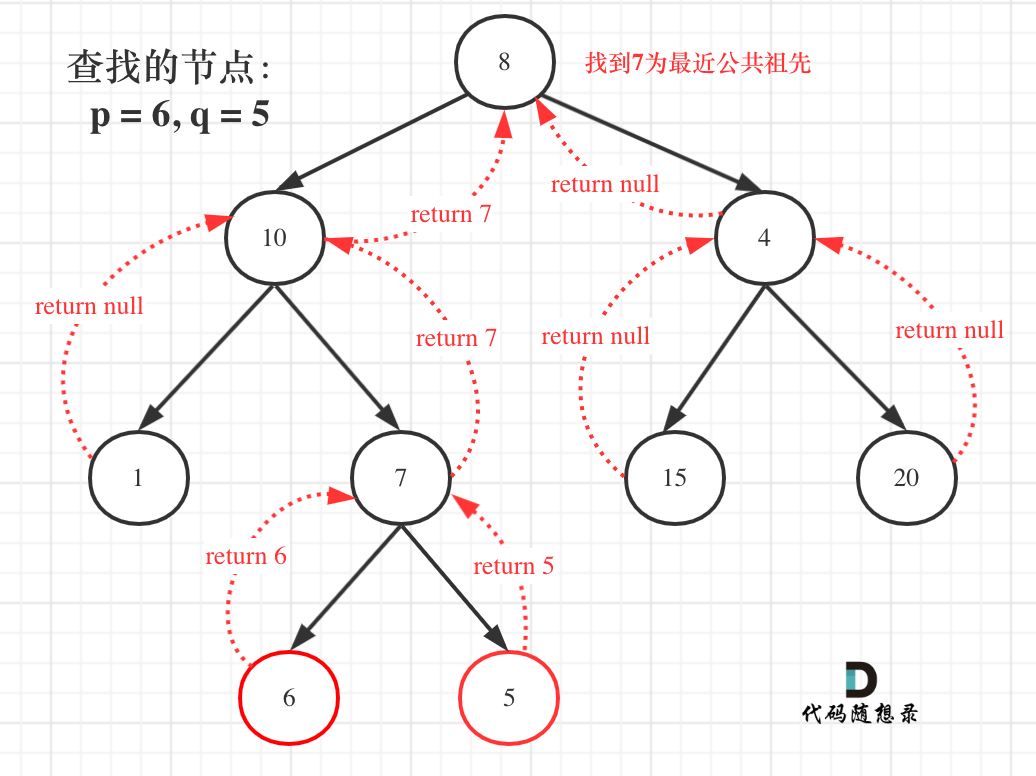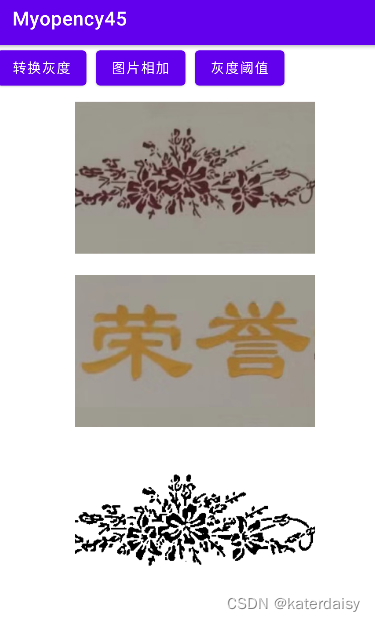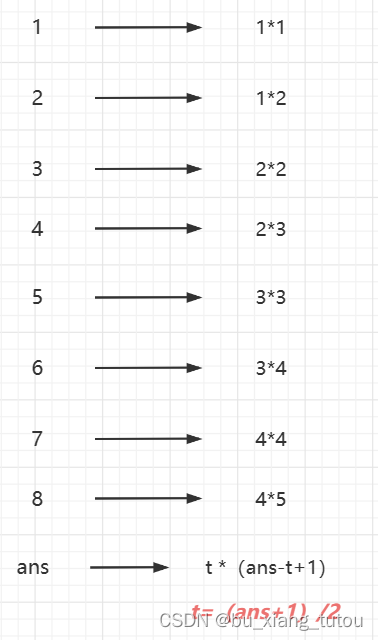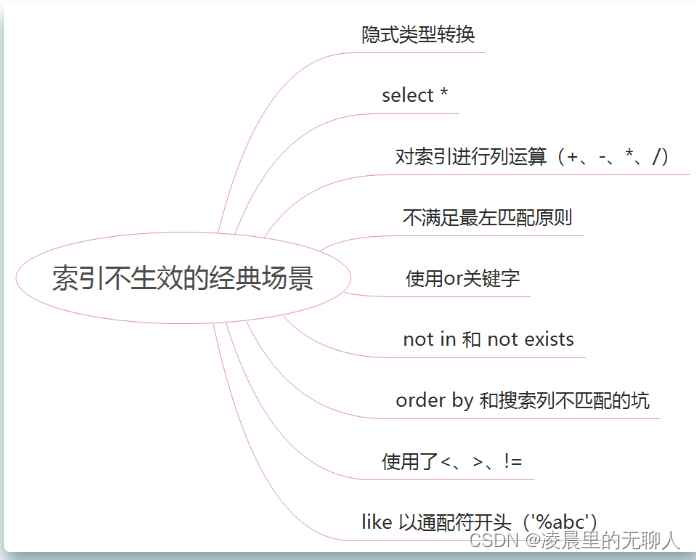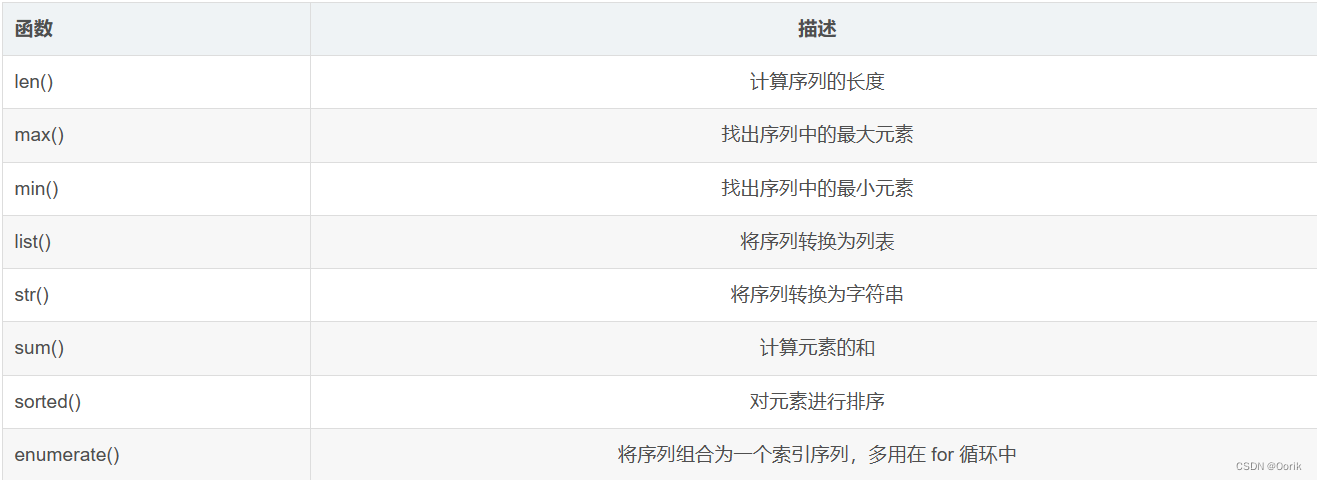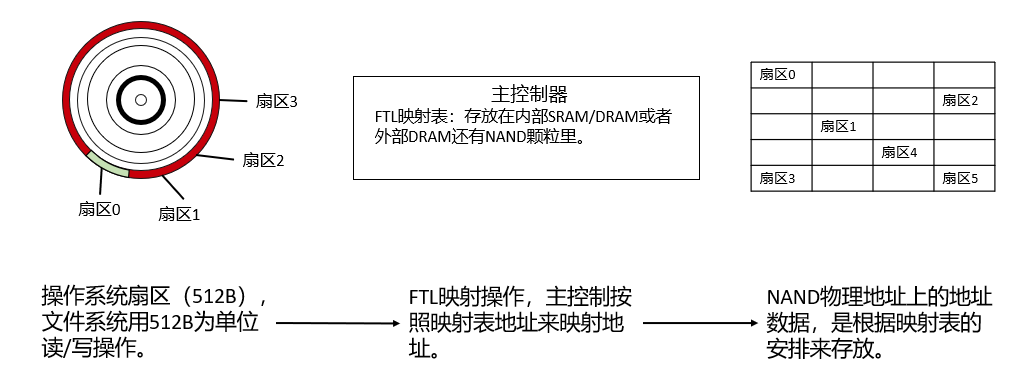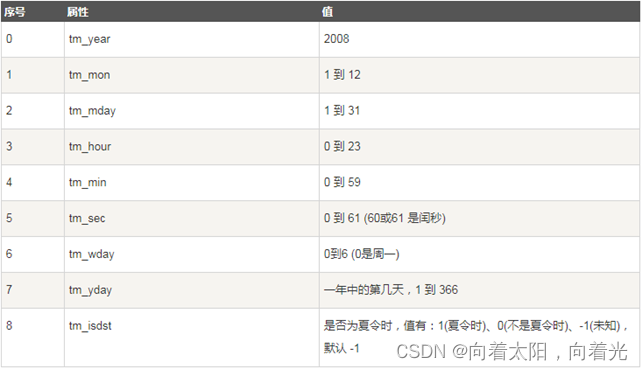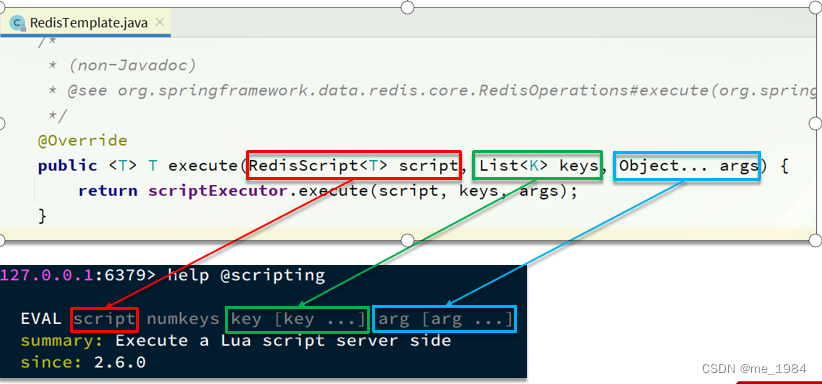分类预测 | MATLAB实现基于PSO-NN、SVM、KNN、DT的多特征数据分类预测,二分类及多分类
目录
- 分类预测 | MATLAB实现基于PSO-NN、SVM、KNN、DT的多特征数据分类预测,二分类及多分类
- 分类效果
- 基本描述
- 程序设计
- 参考资料
分类效果



基本描述
Matlab实现基于PSO-NN、SVM、KNN、DT的多特征数据分类预测,二分类及多分类(完整程序和数据)
基于PSO-NN、SVM、KNN、DT的多特征数据分类预测,二分类及多分类(Matlab完整程序和数据)
此代码获取用于分类的数据输入。
数据由 6 个 300 个样本组成,包含 40 个特征的类。 你可以提取你的特征和将其标记为监督模型。
PSO-NN-粒子群优化神经网络
SVM-支持向量机,
KNN-k近邻,
DT-决策树。
结果与SVM、KNN、TREE分类算法作为混淆矩阵和最终识别准确率进行比较。
“NH”(隐藏数)、“SwarmSize”和“MaxIteration”这三个重要参数会显着影响系统的性能。
程序设计
-
完整程序和数据获取方式1:私信博主,同等价值程序兑换;
-
完整程序和数据下载方式2(资源处直接下载):MATLAB实现基于PSO-NN、SVM、KNN、DT的多特征数据分类预测,二分类及多分类
-
完整程序和数据下载方式3(订阅《智能学习》专栏,同时获取《智能学习》专栏收录程序2份,数据订阅后私信我获取):MATLAB实现基于PSO-NN、SVM、KNN、DT的多特征数据分类预测,二分类及多分类
function [Network2 BestCost] = TrainPSO(Network,Xtr,Ytr)
% Statement
IW = Network.IW{1,1}; IW_Num = numel(IW);
LW = Network.LW{2,1}; LW_Num = numel(LW);
b1 = Network.b{1,1}; b1_Num = numel(b1);
b2 = Network.b{2,1}; b2_Num = numel(b2);
TotalNum = IW_Num + LW_Num + b1_Num + b2_Num;
NPar = TotalNum;
VarMin = -1*ones(1,TotalNum);
VarMax = +1*ones(1,TotalNum);
CostFuncName = 'NNCost';
%% PSO Parameters
SwarmSize = 9;
MaxIteration = 20;
C1 = 2; % Cognition Coefficient;
C2 = 4 - C1; % Social Coefficient;
%
% Initial Population
GBest.Cost = inf;
GBest.Position = [];
GBest.CostMAT = [];
for p = 1:SwarmSize
Particle(p).Position = rand(1,NPar) .* (VarMax - VarMin) + VarMin;
Particle(p).Cost = feval(CostFuncName,Particle(p).Position,Xtr,Ytr,Network);
Particle(p).Velocity = [];
Particle(p).LBest.Position = Particle(p).Position;
Particle(p).LBest.Cost = Particle(p).Cost;
if Particle(p).LBest.Cost < GBest.Cost
GBest.Cost = Particle(p).LBest.Cost;
GBest.Position = Particle(p).LBest.Position;
end
end
% Optimization
for Iter = 1:MaxIteration
% Velocity update
for p = 1:SwarmSize
Particle(p).Velocity = C1 * rand * (Particle(p).LBest.Position - Particle(p).Position) + C2 * rand * (GBest.Position - Particle(p).Position);
Particle(p).Position = Particle(p).Position + Particle(p).Velocity;
Particle(p).Position = max(Particle(p).Position , VarMin);
Particle(p).Position = min(Particle(p).Position , VarMax);
Particle(p).Cost = feval(CostFuncName,Particle(p).Position,Xtr,Ytr,Network);
if Particle(p).Cost < Particle(p).LBest.Cost
Particle(p).LBest.Position = Particle(p).Position;
Particle(p).LBest.Cost = Particle(p).Cost;
if Particle(p).LBest.Cost < GBest.Cost
GBest.Cost = Particle(p).LBest.Cost;
GBest.Position = Particle(p).LBest.Position;
end
end
end
% Plot
disp(['In Itration Number = ' num2str(Iter) '; Highest Cost Is = ' num2str(GBest.Cost) ';'])
GBest.CostMAT = [GBest.CostMAT GBest.Cost];
end
GBest.Position;
figure
set(gcf, 'Position', [450, 250, 900, 350])
plot(GBest.CostMAT,'-.',...
'LineWidth',2,...
'MarkerSize',8,...
'MarkerEdgeColor','g',...
'Color',[0.6,0.1,0]);
title('Particle Swarm Pptimization Train')
xlabel('PSO Iteration Number','FontSize',10,...
'FontWeight','bold','Color','m');
ylabel('PSO Best Cost Result','FontSize',10,...
'FontWeight','bold','Color','m');
legend({'PSO Train'});
Network2 = NetConstruct(Network,GBest.Position);
BestCost = GBest.Cost;
end
- 运行结果
In Itration Number = 1; Highest Cost Is = 1.0549;
In Itration Number = 2; Highest Cost Is = 0.78452;
In Itration Number = 3; Highest Cost Is = 0.77275;
In Itration Number = 4; Highest Cost Is = 0.73094;
In Itration Number = 5; Highest Cost Is = 0.69577;
In Itration Number = 6; Highest Cost Is = 0.69271;
In Itration Number = 7; Highest Cost Is = 0.67064;
In Itration Number = 8; Highest Cost Is = 0.64104;
In Itration Number = 9; Highest Cost Is = 0.63716;
In Itration Number = 10; Highest Cost Is = 0.63231;
In Itration Number = 11; Highest Cost Is = 0.62888;
In Itration Number = 12; Highest Cost Is = 0.62852;
In Itration Number = 13; Highest Cost Is = 0.62841;
In Itration Number = 14; Highest Cost Is = 0.62823;
In Itration Number = 15; Highest Cost Is = 0.62802;
In Itration Number = 16; Highest Cost Is = 0.62742;
In Itration Number = 17; Highest Cost Is = 0.62742;
In Itration Number = 18; Highest Cost Is = 0.62734;
In Itration Number = 19; Highest Cost Is = 0.62728;
In Itration Number = 20; Highest Cost Is = 0.62718;
The SVM Accuracy is = 100.0000.
The KNN Accuracy is = 93.1264.
The Tree Accuracy is = 99.5358.
The PSO Accuracy is = 76.3849.
PSO MSE is = 0.4075.
PSO RMSE is = 0.6384.
PSO MAE is = 0.2906.
历时 3.714446 秒。
参考资料
[1] https://blog.csdn.net/kjm13182345320/article/details/129036772?spm=1001.2014.3001.5502
[2] https://blog.csdn.net/kjm13182345320/article/details/128690229


